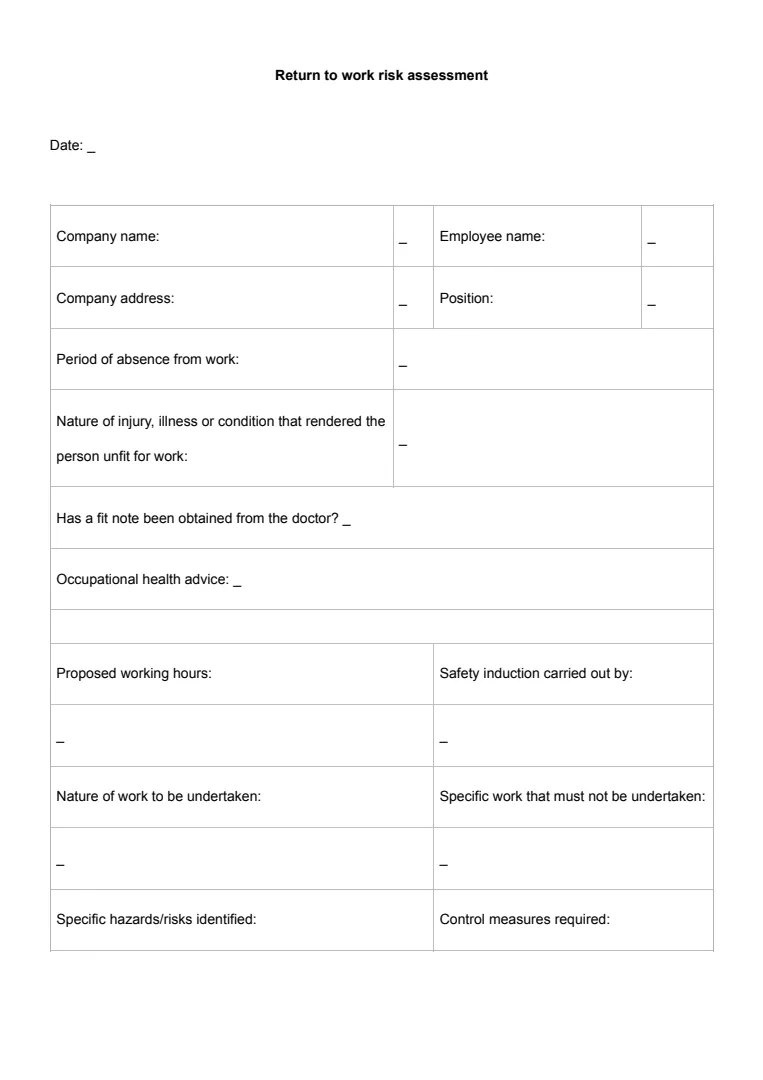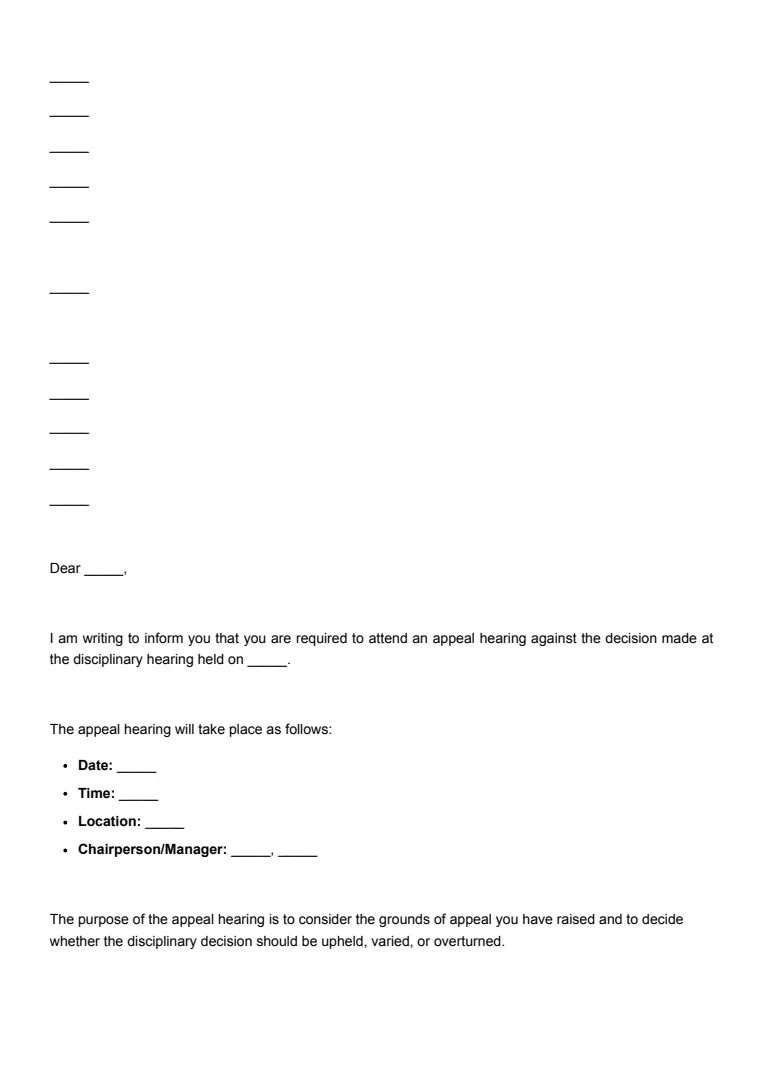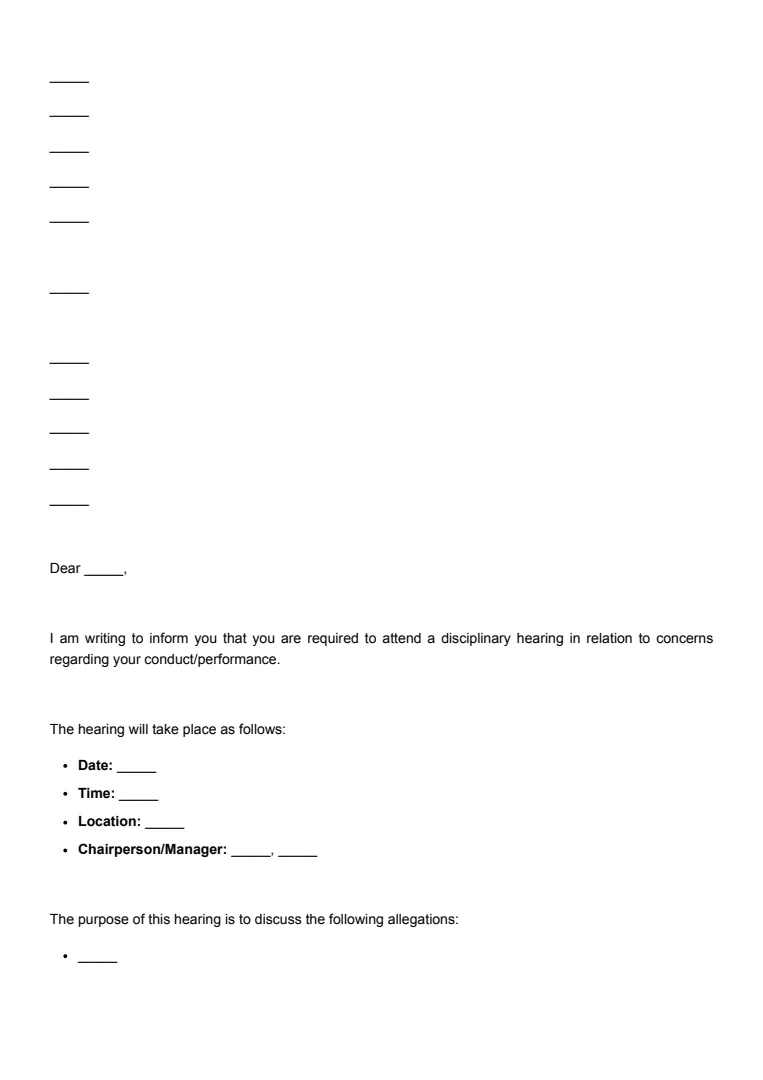What Is a Workplace Risk Assessment?
A workplace risk assessment is simply a way for you to spot hazards where you work and figure out how likely they are to cause harm. It's about examining every aspect of your workplace and asking, “What could go wrong here?” and “How bad could it be?”
When you do a risk assessment, you're not just ticking boxes; you’re protecting yourself and your colleagues.
You might notice a loose cable someone could trip on, or chemicals that need proper storage. The aim is to identify dangers before they cause any real problems.
Common hazards you might find include:
- Wet floors that could cause slips
- Heavy objects that need lifting
- Loud machinery that could damage hearing
- Electrical equipment with frayed wires
You’ll then need to assess the likelihood of each risk and its potential severity. For example, if there’s a small wear on a cable in an office with few people, it's probably less urgent than a frayed cable near a busy walkway.
The key steps to carrying out an office risk assessment are:
- Identify hazards
- Assess who could be harmed and how
- Evaluate the risks and decide on precautions
- Record your findings (especially if you have five or more employees)
- Review and update the assessment regularly
A workplace risk assessment isn't just for health and safety experts. It's something you’re responsible for if you’re an employer or even if you just want to keep your work area safe for everyone.
When Is a Workplace Risk Assessment Needed?
You must conduct a workplace risk assessment whenever you introduce a new process, activity, or piece of equipment that could pose health or safety risks. This helps you spot hazards early and keep everyone on site safe.
A risk assessment is legally required under the Management of Health and Safety at Work Regulations 1999.
You’re expected to do one before new work starts, and whenever significant changes happen in your workplace.
Other situations where a risk assessment is needed include:
- After an accident or near-miss, to find out what went wrong
- When new people join, especially if they may be at particular risk (e.g. young workers, pregnant employees)
- If you move to a new location or reorganise your workspace
- When there are changes to the substances or materials you use
You should also conduct a return to work after surgery risk assessment for employees who have been off work due to medical interventions.
Review your existing risk assessments on a regular basis. For example, do this every year or whenever there’s reason to think existing control measures may no longer be effective.
If you’re unsure, it's better to review your risk assessments more often than not.
How to Write a Workplace Risk Assessment
Workplace risk assessments are required by law. Here’s a step-by-step guide to conducting and documenting your own risk assessment.
Step 1: Start With a Risk Assessment Template
Writing your own workplace risk assessment isn’t complicated once you break it down into manageable steps.
Begin by downloading a simple risk assessment template. These are widely available online and help keep the process clear and well-organised.
Step 2: Inspect the Workplace for Hazards
First, walk through the area you’re assessing.
Take note of anything that could cause harm, including tools, equipment, substances, or work practices that may pose a risk. Record each hazard you identify during the walkthrough.
Step 3: Identify Who Might Be at Risk
Next, consider who could be harmed by each hazard.
Don’t limit your thinking to just employees; include visitors, contractors, clients, or any others who might be affected.
Step 4: Record Existing Control Measures
For each hazard listed, record the control measures already in place.
Be honest about how effective these controls actually are. This step demonstrates that you’ve realistically assessed your current safety protocols.
Step 5: Determine Additional Actions Needed
Even if you have controls in place, consider what additional actions could further reduce the risk.
List these clearly so anyone reading the document understands what needs to happen next and why.
Step 6: Summarise and Structure Your Findings
Summarise your risk assessment in a formal, structured format.
If possible, align your structure with a recognised framework such as HSG65, which supports consistency and compliance with best practices.
Step 7: Include a Section for Reviews and Updates
Finally, add a section for reviews and updates.
Workplaces and risks can change over time, so your risk assessment should be easy to revise when new information or conditions arise.














